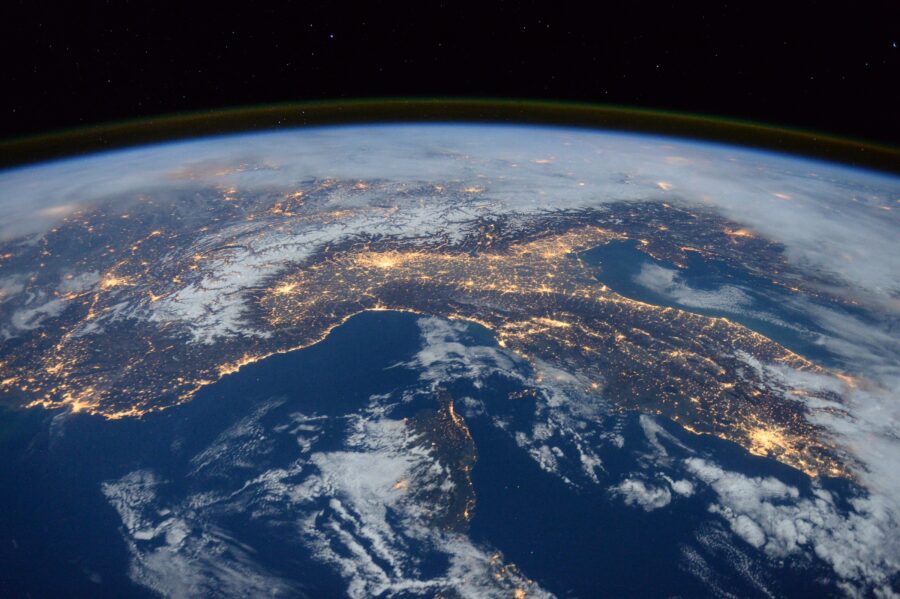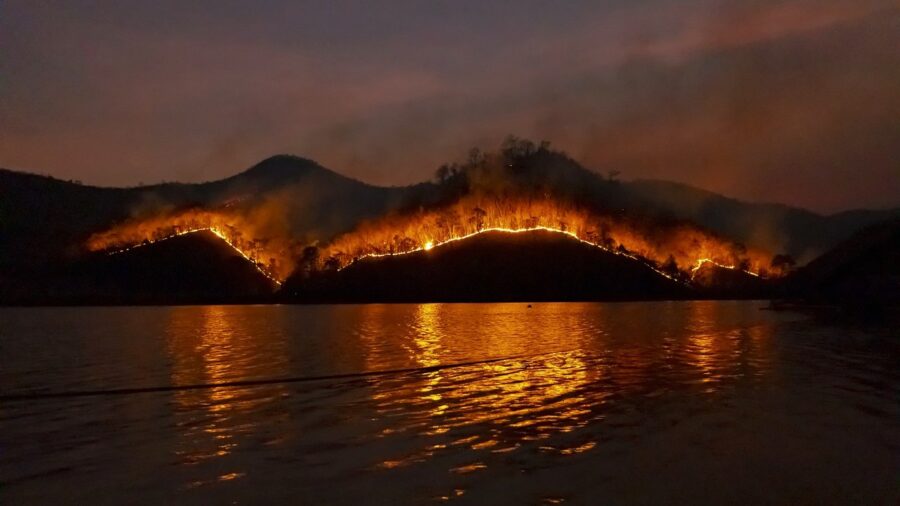Scientists Say Earth In Major Danger Zone Pushing Past All Safe Boundaries

The Earth isn’t doing so hot – actually, it is, and that’s the problem. As reported by ScienceAlert, new findings indicate that the planet is on a destructive trajectory in six of the nine planetary boundaries. Established in 2009, the boundaries quantify human impact on the environment, marking the limits in each category that, when exceeded, spell trouble in the long term.
Scientists established planet boundaries that, if ever exceeded, would eventually doom life on Earth.
The study concludes that in the categories of climate change, biodiversity loss, deforestation, synthetic chemicals, nitrogen use, and freshwater depletion, humanity is exceeding its maximum safe impact. On this trajectory, Earth is approaching a condition that has not existed for millions of years.
An international team of scientists determined the planetary boundaries by first identifying the major systems that have contributed to the livability of Earth over the past 10,000 years. It is in that time frame that humanity has risen to dominance and forged civilizations.
They then developed a scale based on environmental measurements to quantify those conditions. From there, the boundaries were drawn. Only ocean acidification and pollution particle concentration in the atmosphere are currently in safe ranges, a grim update since the first planetary boundary report was released nearly 15 years ago.
Scientists report that Earth is not past the point of no return.
The climate change boundary is drawn by the atmospheric CO2 measurements, which now exceed the 350 parts per million boundary at a whopping 417 ppm. Johan Rockstrom, one of the creators of the planetary boundaries model, says that number alone foretells disaster.

Biodiversity loss lands another gut punch on the Earth. The maximum acceptable extinction rate is 10 times the average extinction rate over the past 10 million years. The current rate is clocking at 100 times that average.
While the model measures the major Earth systems separately, scientists acknowledge that the systems are interconnected. For instance, the research indicates a strong relationship between deforestation and CO2 levels – as one increases, so does the other. Both of these categories are critical factors in the planet’s rising temperature.
Deforestation is stripping Earth of its greatest natural carbon absorption asset. The study warns that, even if humanity sufficiently reduces greenhouse gas emissions, there may not be enough forests to absorb the necessary amount of carbon dioxide.
Humanity is in the red zone when it comes to most of the planetary boundaries, but it is not all doom and gloom. Scientists report that Earth is not past the point of no return.
The major factors eroding conditions on Earth include, but are not limited to, climate change, making the problem larger then most people realize.
Major systems can return to acceptable conditions, but getting there requires major change on humanity’s part. The boundaries have been drawn. Now, people must live within them.
Katherine Richardson, the study’s lead author, says that returning the key Earth systems to ranges safe for humanity is a matter of give and take. As a species, there is only so much humanity can take from the Earth, as well as emit into it, before the planet’s natural balance is disrupted.
Failure to adjust could tip the Earth into conditions uncharted by humanity, and there is no evidence to prove that such an environment would be livable. The stakes are high, but there is still hope for the planet to make a full recovery. It is only a matter of boundaries.












